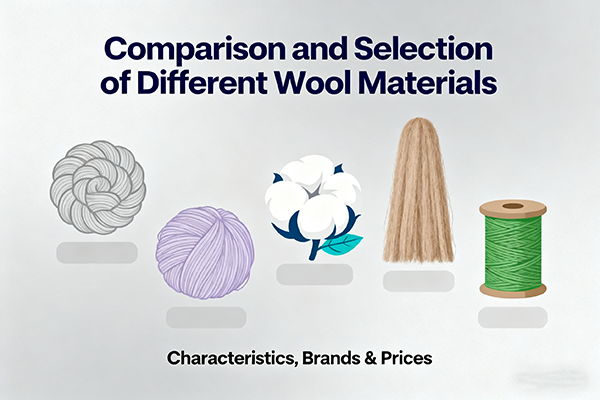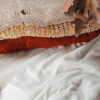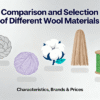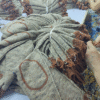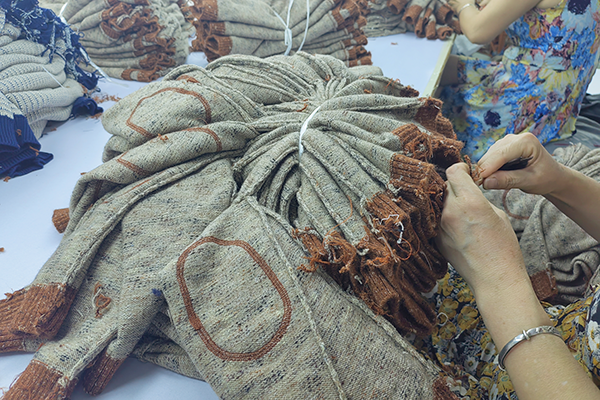Choosing the right material is crucial for producing high-quality knitwear. Each type of wool has unique characteristics, price points, and suitable brand positioning. This article provides a detailed comparison of wool, cashmere, cotton, mohair, and artificial wool, helping brands make informed decisions.
1. Wool
Characteristics:
- Natural fiber with good warmth and elasticity
- Durable and breathable, suitable for daily wear
Applicable Brands & Price:
- Ideal for mid-range knitwear brands
- Price: Moderate, depending on quality and origin
2. Cashmere
Characteristics:
- Extremely soft, lightweight, and warm
- Luxurious feel with excellent insulation
Applicable Brands & Price:
- Suitable for premium and luxury brands
- Price: High, reflecting its quality and exclusivity
3. Cotton
Characteristics:
- Soft, breathable, and hypoallergenic
- Comfortable for everyday wear, easy to care for
Applicable Brands & Price:
- Suitable for casual and mid-range brands
- Price: Moderate, widely available
4. Mohair
Characteristics:
- Shiny, lightweight, and warm
- Adds texture and volume to garments
Applicable Brands & Price:
- Ideal for fashion-forward or luxury knitwear
- Price: High, often used in combination with other fibers
5. Artificial Wool (Synthetic Wool)**
Characteristics:
- Made from polyester or acrylic fibers
- Affordable, easy to care for, and durable
Applicable Brands & Price:
- Suitable for entry-level or mass-market brands
- Price: Low, cost-effective for large-scale production
Summary:
- Wool and cotton are versatile and budget-friendly, suitable for daily wear and mid-range brands.
- Cashmere and mohair are premium fibers, perfect for luxury or designer collections.
- Artificial wool provides an economical alternative, ideal for mass production or entry-level brands.
By understanding the unique characteristics and applications of each material, brands can choose the most suitable fiber for their products, balancing quality, cost, and brand positioning.

